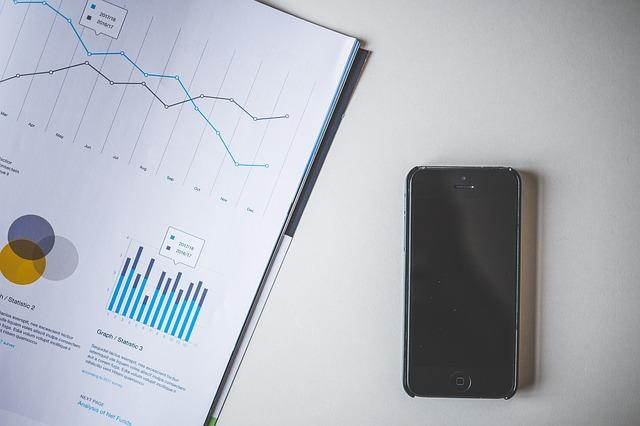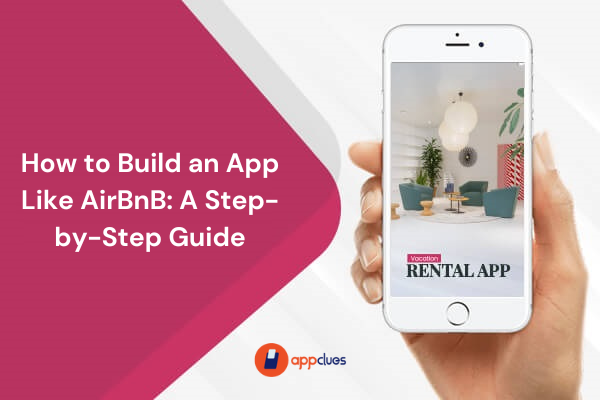If you want to focus on lead generation with your brand, obviously – mobile device users will be of major importance. After all, most people interact with their service and go product providers online, and via mobile app devices. Naturally, you’ll want to have all the relevant information in order to plan out your lead generation strategy. But that begs the question – how do you measure leads from mobile device users? Don’t worry, we’ve got a couple of metrics you should take a look at right here!
Introduction of Ways To Measure Leads From Mobile Device Users:
- Number of Downloads
- Number of Users
- Session Intervals
- Session Length
- Conversion
- Lifetime Value
- Number of Downloads
These days, generating leads from mobile device users is more important than ever before. Companies that deal with WP maintenance like wpfullcare.com talk about how mobile-friendliness is one of the crucial aspects of any successful website.
And if you have an app for your brand – your goal is to have a reasonably large amount of downloads. When it comes to evaluating user engagement, this is thought of as the most crucial metric; after all, your objective is to have a decent user base.
Tracking and understanding where all of the installs of your mobile app come from is pretty important. If you look at it from a marketing standpoint, you’ll be able to see how effective your campaign has been; that way, you’ll know which advertising channels to focus on. For this, you can use the App Store and Play Store reports, depending on the device OS.
- Number of Users
In order to achieve a quality level of engagement with any kind of user base, you need to track the kamagra au price number of users on your mobile app. There are a couple of metrics to keep in mind as you evaluate the growth of your user base, like Weekly Active Users, Daily Active Users, and Monthly Active Users. You can break this information down further by gender, demography, age, type of device, etc. You can use Fabric, AWS Mobile Analytics, and Google Analytics to measure this.
- Session Intervals
Now that we’ve mentioned some of the more basic pieces of data that will help measure leads from mobile device users, we’re moving onto more detailed stuff, like session intervals! These represent the time period between two sessions of interacting with your app, showing the frequency at which every single user uses and opens the app.
You can use this to see how frequently people return to your app, and how addictive it is. It’s a way to easily quantify the retention rates of your app – giving you great feedback on what you need to work on further.
- Session Length
Apart from session intervals, we’ve got another similar metric – session length. As the name implies, session length is there to track how much time users actually spend on your app within a single session. Or rather, the time that goes by after the user opens an app, and before they close it. If you’re generating a good amount of leads, you’ll probably be looking at longer durations of the users’ sessions. Using this in concordance with the number of daily sessions, developers can easily identify which consumers spend the most time on the app. They’ll also be able to see who’s not attracted to the app and work on reaching that part of the target audience as well.
- Conversion
This is obviously one of the most important ways to measure leads from mobile device users – their conversion rate. If your app contains any actionable features: like posting a review, filling out a form, and making a financial transaction, you’ll really want to know the number of users you’re converting to the goal target.
So, the conversion rate is viewed as a user percentage that actually performs a certain action that you want them doing via your mobile app. Plus, by tracking the conversion rates, you’ll know at what step of the user experience you’re losing users – and know what to fix.

- Lifetime Value
Last, but definitely not least – we’ve got the lifetime value of users on your app. This is really the most important metric when it comes to revenue-generating that comes from leads from mobile device users. If you want to know how well you’re currently monetizing your app for mobile users – this is basically the most important piece of data. To put it simply – this is the total revenue you’ve gotten from a specific user before they’ve ceased using the app. If you want to measure leads from mobile device users, this is what will let you know how much profit you’re getting from them. Furthermore, you can also predict how much money you could be making in the near future.
There are a couple of different ways to measure LTV; you can view it as a per-month average for each user, showing the amount of money that a specific user generates over a time period. Also, you’ll find formulas that give you the average revenue for each customer.
Conclusion
If you want to attain new users and keep the current ones, you need to know all the ways to measure leads from mobile device users. After all, knowing all about the statistics of engagement with your mobile app is crucial for your brand value. That will allow you to make your app as best as it can be, and reach the widest possible audience.




